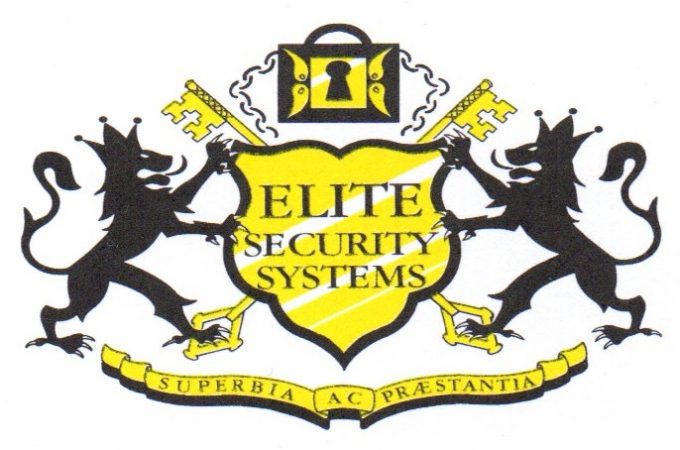
Newsletter 28th September 2020 – How does regulation for Surveillance Cameras work.
At the head of the Government controlled body for regulations on camera surveillance is Mr Tony Porter, (The Surveillance Camera Commissioner). His role is to
- provide advice and information to the public and system operators about the effective, appropriate, proportionate, and transparent use of surveillance camera systems.
- urge compliance with the surveillance camera code of practice
- Evaluation of how the code is working
- provide advice to ministers on whether or not the code needs amending
National Camera Strategy was created a few years ago by Tony which put together local authorities, manufacturers, installers, and integrators.
Which has created consistency across the industry, the thinking across the panel is developed by every piece of the jigsaw. And surrounded by that a certification process that is branded with the commission’s emblem, (gold standard of government).
The greatest population of surveillance cameras is controlled by the police and local authorities. They have an extremely high compliance rate, codes of practice and follow the data protection act.
ANPR (automatic number plate recognition), the UK has one of the largest databases in western Europe and counts 56 billion pieces of data per day.
Video surveillance systems are now ever present, they are everywhere, they include body worn cameras, drones and cameras that support biometrics. Cameras that have facial recognition, gate analysis, vascular traits, iris traits.
All of these open up challenges and opportunities to regulate. Ethics, principles, and transparency are involved in the decision making of the regulation. And compounding the regulations is new development technologies, whereby the regulations are forever being searched and amended.
There is a Watch List the regulators have to decide who is going to on this list and also where can this technology take place? What is the impact of AFR (automatic facial recognition) and the role of protection?
In 2020 the use of facial recognition by the south wales police was found to be unlawful in the court mentioned specific situations. The court said the conduct was at fault in use i.e. identified two factors, the Watch List & Where can this technology take place.
legitimate aim & pressing need, it could be interpreted that it is a decadent aim, not for society to be happy and which possibly will be rampantly abused by the police.
Guidance required by the regulators ensuring stronger parameters.
The Court held that there were “fundamental deficiencies” in the legal framework and that Ed Bridges’ rights were breached as a result.
But it should also be noted that the court said that it was not unlawful under freedom of information act or common law or data protection.
Legal Challenge – Mr Ed Bridges Vs South Wales Police.
So as you may understand by this short summary of how does regulation for surveillance cameras work, it takes a person with technical ability, technical capability who also has a grip on the video surveillance industry amongst many other abilities to ensure the public are served correctly and those using the systems are appropriately adhering to the regulations concerned.
Subscribe to our newsletter for this direct to your inbox at
www.elite-security-systems.info and search for the signup page to subscribe at the bottom of the home page.
Stay Safe
Thank you for reading
Kind regards
Marketing Department







